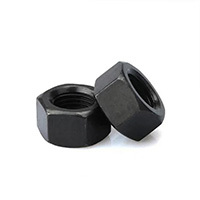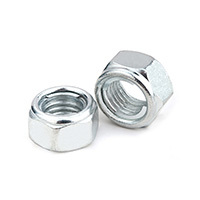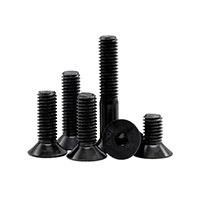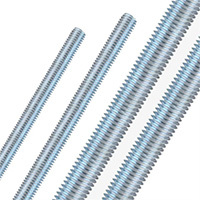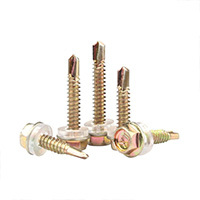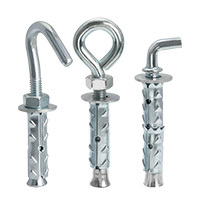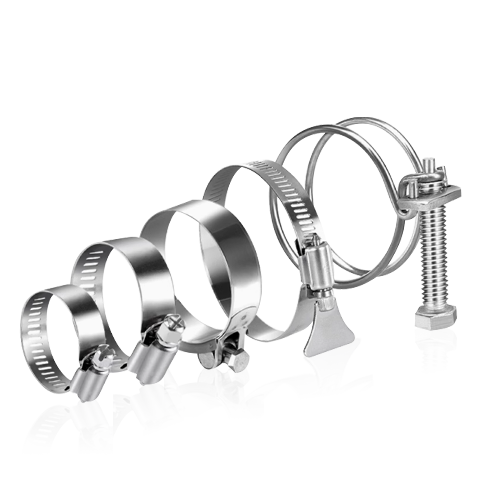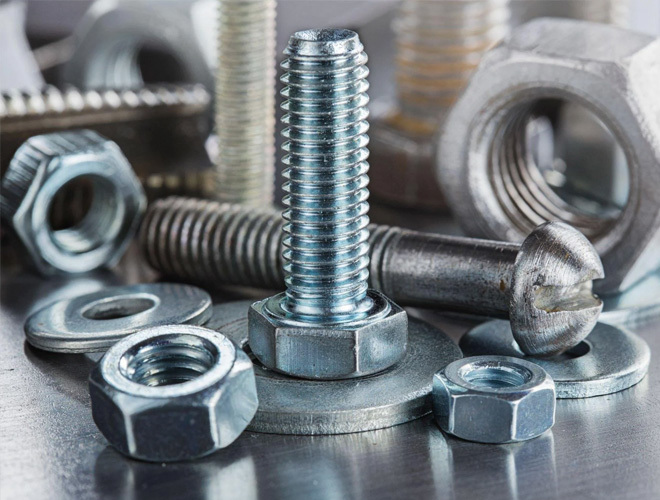Understanding High Temperature Fasteners: Essential Knowledge for Industrial Applications
Jun 26,2025

High temperature fasteners are specialized connectors designed to withstand extreme heat and maintain their mechanical properties even in challenging environments. These fasteners find applications in various sectors, including aerospace, automotive, and manufacturing, where high operational temperatures are common. Understanding the attributes and selection process of these fasteners is essential for ensuring safety, efficiency, and longevity in any assembly.
One of the primary materials used to manufacture high temperature fasteners is alloy steel, known for its excellent strength and thermal stability. In addition to alloy steel, other materials like titanium and certain grades of stainless steel are also utilized for their corrosion resistance and ability to perform in high-temperature settings. When choosing the right fastener, it’s crucial to consider not only the material properties but also the specific temperature range and application environment.
The performance of high temperature fasteners can be significantly impacted by factors such as thermal cycling, oxidation, and mechanical stress. Therefore, selecting fasteners with appropriate coatings or treatments can further enhance their durability and performance. For instance, heat treatment can improve the strength of steel fasteners, while surface coatings can provide additional protection against oxidation.
Another important consideration is the design of the fastener itself. High temperature applications often involve vibrations and thermal expansion, necessitating fasteners that can accommodate these stresses. This may include using locking mechanisms or specific thread designs that prevent loosening over time.
In addition to material selection and design, proper installation techniques are vital in ensuring the performance of high temperature fasteners. Torque specifications must be adhered to, and the use of appropriate tools is essential for achieving the necessary clamping force without damaging the fastener or the components being joined.
Furthermore, regular maintenance and inspection of high temperature fasteners are crucial for identifying potential failures before they occur. This proactive approach can help mitigate risks and extend the operational lifespan of the equipment.
In conclusion, high temperature fasteners are integral to many industrial applications, offering solutions that can withstand extreme conditions. By understanding the materials, design considerations, and installation practices associated with these fasteners, professionals can make informed decisions that enhance safety and performance in their operations. Whether you're in the aerospace sector or dealing with manufacturing equipment, knowledge of high temperature fasteners is key to success in your projects.
One of the primary materials used to manufacture high temperature fasteners is alloy steel, known for its excellent strength and thermal stability. In addition to alloy steel, other materials like titanium and certain grades of stainless steel are also utilized for their corrosion resistance and ability to perform in high-temperature settings. When choosing the right fastener, it’s crucial to consider not only the material properties but also the specific temperature range and application environment.
The performance of high temperature fasteners can be significantly impacted by factors such as thermal cycling, oxidation, and mechanical stress. Therefore, selecting fasteners with appropriate coatings or treatments can further enhance their durability and performance. For instance, heat treatment can improve the strength of steel fasteners, while surface coatings can provide additional protection against oxidation.
Another important consideration is the design of the fastener itself. High temperature applications often involve vibrations and thermal expansion, necessitating fasteners that can accommodate these stresses. This may include using locking mechanisms or specific thread designs that prevent loosening over time.
In addition to material selection and design, proper installation techniques are vital in ensuring the performance of high temperature fasteners. Torque specifications must be adhered to, and the use of appropriate tools is essential for achieving the necessary clamping force without damaging the fastener or the components being joined.
Furthermore, regular maintenance and inspection of high temperature fasteners are crucial for identifying potential failures before they occur. This proactive approach can help mitigate risks and extend the operational lifespan of the equipment.
In conclusion, high temperature fasteners are integral to many industrial applications, offering solutions that can withstand extreme conditions. By understanding the materials, design considerations, and installation practices associated with these fasteners, professionals can make informed decisions that enhance safety and performance in their operations. Whether you're in the aerospace sector or dealing with manufacturing equipment, knowledge of high temperature fasteners is key to success in your projects.
Hot Tags:
Contact
E-mail:
Phone:
Address:
Yongnian Southwest Development Zone, Handan City, Hebei Province
PRODUCT SEARCH
Search And Quickly Find The Products You Need
The company has a modern production workshop and a professional technical team. It has introduced advanced automated production equipment from home and abroad, strictly controls every production link, is customer-centric, and is committed to providing customers with high-quality products and services.
Continue Search OR Customize Products



